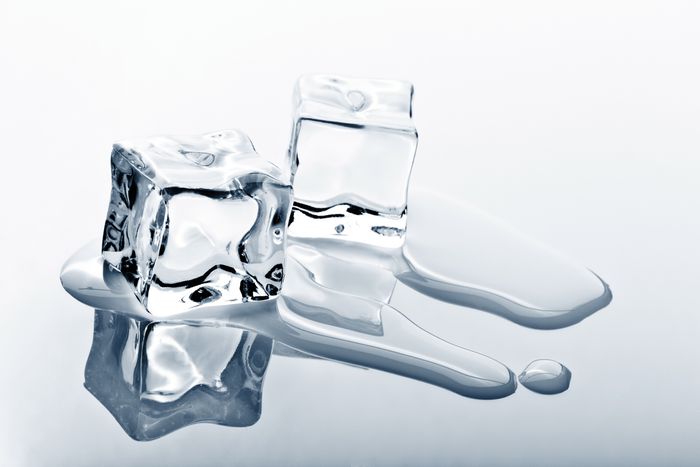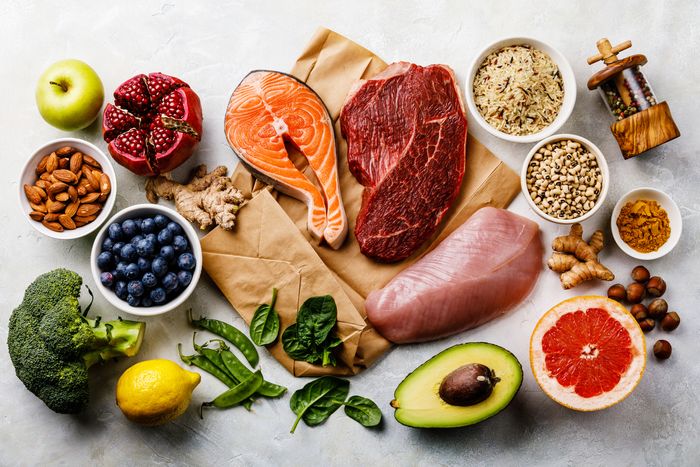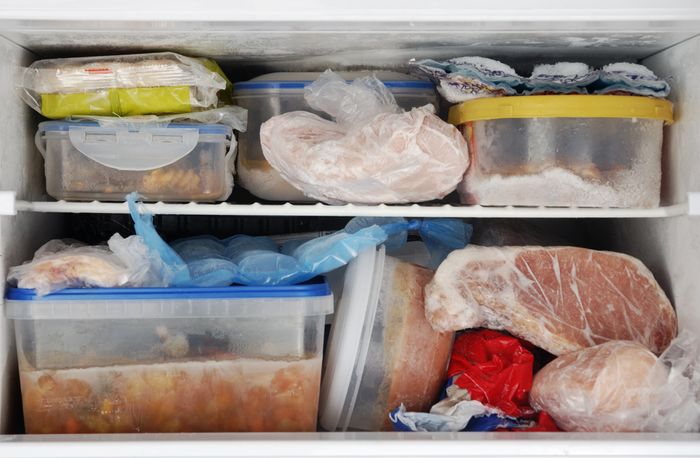
How much time do you have to preserve perishables when a refrigerator goes out unexpectedly? Like most things, the answer is it depends.
The best piece of advice we can give is to keep the door shut as much as possible. This will keep your cool fridge and freezer air from mixing with the warmer air in the room.
From there, a lot of that depends on the fridge and the application. The better the door seals and insulation inside the fridge, the longer your food will last. Likewise, the temperature outside the fridge plays a role. A fridge in the garage in the middle of summer will have more trouble maintaining temperatures than a fridge in the basement during the same period.
All that said, the Food and Drug Administration (FDA) provides a great list of tips and safety guidelines for refrigerated food during and after a power outage. While we’re not talking about an outage, the same set of rules apply if you’re in a race against the clock to save a fridge-full of fresh and frozen foods in a fridge that is no longer cooling.

Fresh Food
Your refrigerator should be 32 to 40 degrees Fahrenheit to properly preserve food. The FDA estimates that most fridges can maintain this temperature for only a few hours when it is not actively cooling.
In fact, they estimate fresh food will stay good in a refrigerator for only four hours after an outage — and that’s only if the doors remain closed the entire time!
If you’re not able to keep the doors shut, you’ll need to monitor temperatures to ensure safety. The agency suggests discarding any fresh foods that have been at temperatures of more than 40-degrees Fahrenheit for more than 2 hours.
Bottom line: Unless you have a second fridge, a friendly neighbor with room to spare or an army of coolers with a steady supply of ice, you’re most likely losing your fresh food.
Frozen Food
Your freezer is supposed to be as close to 0-degrees Fahrenheit as possible. The FDA estimates it can stay close enough to that temperature for up to 48 hours if the door stays shut and the freezer is full.
The full freezer caveat above is key because the air in the freezer will warm faster than frozen food. As a result, the more food you have, the more time you have. Think of your frozen food like ice-packs helping to keep your freezer cool.
Once your new fridge arrives, the FDA states that your food can be re-frozen provided it’s no more than 40-degrees Fahrenheit or still contains ice crystals.

Better Safe Than Sorry
The FDA finishes its article with one final sentence: Perishable food such as meat, poultry, seafood, milk, and eggs that are not kept adequately refrigerated or frozen may cause illness if consumed, even when they are thoroughly cooked.
In other words, when in doubt, toss it out.
Replacing Your Fridge
The last tip we’ll give may sound like an obvious one, but make sure you’re focused on in-stock models when you’re shopping. Special orders typically take 10-14 days to be ordered, received and delivered to your home.
We have hundreds of refrigerator models in stock every day and can often deliver within a few days — particularly in an emergency like this.
If you find yourself in that race against the clock we mentioned above, click here to view all the in-stock options available to you.
